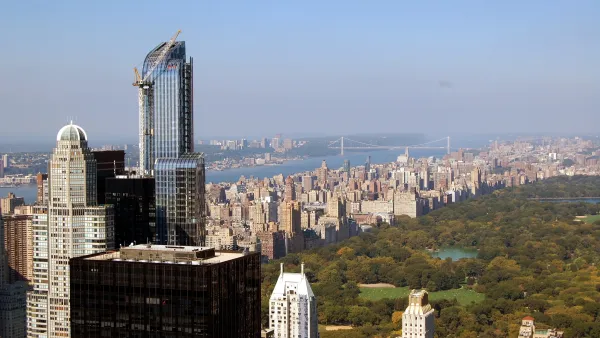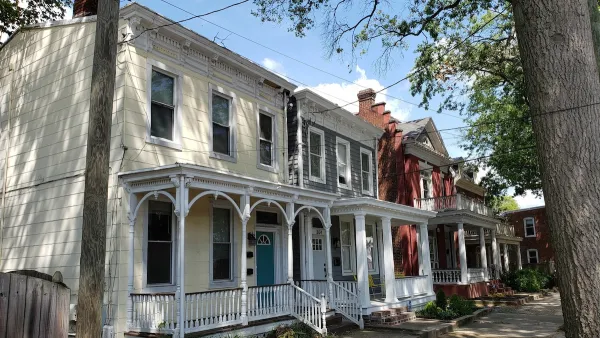A new report by the Center for Budget and Policy Priorities finds major flaws with property taxes in several states, and proposes a solution that could mitigate the least desirable consequences of limits to property tax increases.

Brian J. Charles shares the findings of a new report by the Center for Budget and Policy Priorities (CBPP) that issues a sharp critique of property tax caps.
The tax caps, which first became popular during the 1970s tax revolt and have since spread to 44 states plus the District of Columbia, have created fiscal stress for the states that adopted the limits. As a result, states have cut aid to cities and counties, and municipalities have become more reliant on sales taxes and fees that disproportionately hurt the poor and people of color.
The study examined property taxes in Michigan, Massachusetts, Oregon, and New York, explains Charles. The findings show evidence that the caps "strangle" funding for public education, "which the researchers see as a pathway for minority and low-income children to move up the socioeconomic ladder," while benefitting wealthy white homeowners, "because they have historically owned homes at a greater rate than people of color and on average own more valuable homes."
The Center for Budget and Policy Priorities (CBPP) includes a proposed solution to solve these issues in the report. "Right now, most states limit the annual increase in property taxes to 1.5 or 2.5 percent or the rate of inflation -- whichever number is lower. Setting the limit instead at whichever number is higher, the researchers say, would provide more cash for governments and make revenues more predictable," explains Charles.
For more on the property tax situation around the country, see also Planetizen coverage of the Lincoln Institute of Land Policy's annual "50-State Property Tax Comparison Study."
FULL STORY: The Downsides of Property Tax Caps

Analysis: Cybertruck Fatality Rate Far Exceeds That of Ford Pinto
The Tesla Cybertruck was recalled seven times last year.

National Parks Layoffs Will Cause Communities to Lose Billions
Thousands of essential park workers were laid off this week, just before the busy spring break season.

Retro-silient?: America’s First “Eco-burb,” The Woodlands Turns 50
A master-planned community north of Houston offers lessons on green infrastructure and resilient design, but falls short of its founder’s lofty affordability and walkability goals.

Test News Post 1
This is a summary

Analysis: Cybertruck Fatality Rate Far Exceeds That of Ford Pinto
The Tesla Cybertruck was recalled seven times last year.

Test News Headline 46
Test for the image on the front page.
Urban Design for Planners 1: Software Tools
This six-course series explores essential urban design concepts using open source software and equips planners with the tools they need to participate fully in the urban design process.
Planning for Universal Design
Learn the tools for implementing Universal Design in planning regulations.
EMC Planning Group, Inc.
Planetizen
Planetizen
Mpact (formerly Rail~Volution)
Great Falls Development Authority, Inc.
HUDs Office of Policy Development and Research
NYU Wagner Graduate School of Public Service




























